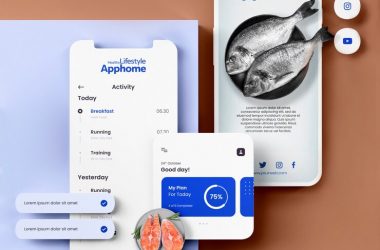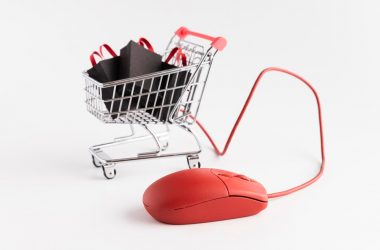Many mobile app users know firsthand about “trash” advertising on the web. However, that is not such a big problem for them as for those who buy traffic. It especially concerns big contractors that need quality advertising for their products or services. Finding good traffic is a difficult task, but due to fraud traffic, it is getting even more complicated.
What is mobile fraud?
The main sources of fraud traffic are mobile applications and computer viruses that look like browsers and induce users to make certain actions. Banner portals play a vital role in the development of such a black business, i.e. portals created to promote banner ads and siphon off the advertising budget.
Furthermore, hackers often change technical characteristics of the traffic. For instance, if a contractor needs traffic from a certain browser, he or she may be provided with substituted traffic, where the value User-Agent was altered. In such a way, an advertiser may receive traffic from computers instead of the required mobile traffic, for instance.
Another fraud technique is called cookie stuffing. The method envisages receiving payments for pseudo actions of attracted users: contractors pay fraudsters for purchases made by users after they allegedly clicked the link without actually clicking it. For example, malefactors locate on the browser of the potential customer certain cookies of a counterfeit website that looks like the original. If the customer buys a product within a fixed time, fraudsters will receive remuneration.
What does “incorrectly tagged traffic” mean?
Incorrectly tagged traffic implies clicks or impressions that did not take place, but were included in the general analytical data. For instance, some fraudsters provide such information to make more money for their “job”. Others incorrectly tag incent traffic to make more profit from impressions.
It is a common situation when you browse a website, see a banner about buying a bicycle, click on it, and are forwarded to the website showing quadcopters. Generally, such a scheme brings the user to the website that sells drones, and an impression takes place. But in fact, fraudsters bring the user that is not a representative of the company’s target audience. That is the main idea of incorrectly tagged traffic – to attract users with something they like, but to offer them what the contractor wants.
Therefore, when building advertising campaigns, make sure that you are adjusting CPA networks with professionals rather than fraudsters.










